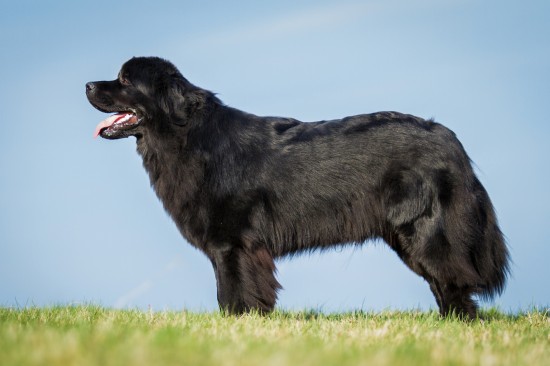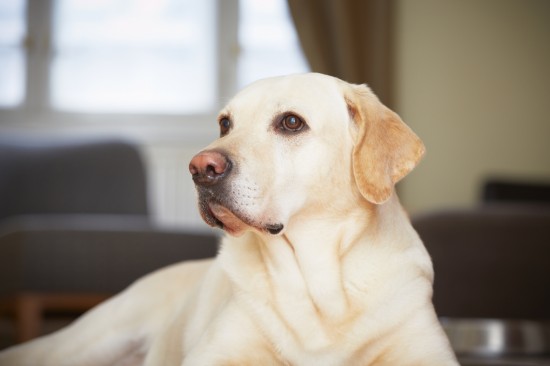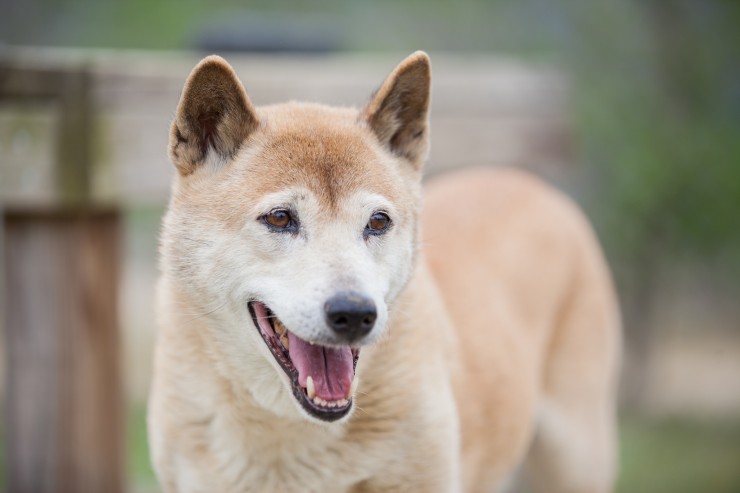
Just like human beings, certain dogs can be aggressive by nature. This aggressive behavior could lead to severe conflicts between the dogs and their masters. Such behavior is instinctive among many animals, but can be controlled. It is in fact necessary to control it for the well being of your dog. Dog to dog aggression is quiet normal and a dog aggressive to other dogs is more frequent within breeds than between them.
But where is the line between playful antics and aggression? Let us take a look at a few things that determine that.
Growling is the most common sign of aggression which needs immediate attention. You can take steps by trying to get your pet together with other dogs in your neighborhood, including ones of its own breed. Some pets reveal territorial aggression, which often results in chasing cars or people passing by. This could create problems, not only for you, but also for your immediate neighbors. This type of territorial aggression may require certain additional measures like citronella or electronic collars. Even aggression training can prove helpful. Since these issues can make both you and your dog unhappy, you'll need to find some effective ways to control it.
Another kind of problem is fear aggression. This can be caused due to the fear of a particular person, another animal or even from a particular situation. Your dog may simply not understand how to handle such a situation and instinctively become aggressive.
Even pain can be responsible for aggression in dogs. A dog under any physical pain is likely to be short tempered and will charge at anyone who annoys it or even gets close to it. Under such situations, the best thing you can do is to leave him alone and give him time to recover from his injuries.
Your dog may become irritable or even angry, which can also have negative impacts. Your already irritated dog will hardly show any patience and may turn aggressive when approached. At such times, you should give him some time to rest and should be left alone until he calms down. You should also avoid bringing another pet into your house, as it may not be able to control his anger and could attack. Specialty training collars may prove helpful in situations like these.
Some trainers intentionally teach dog aggression, which is a big mistake. Most of these trainers are inexperienced and are not sure of what is the correct way to train the aggressive dogs. Similarly, it would be foolish of the pet owners to expect the dogs to be tender and gentle after having given them vigorous training. It is very important to understand that it is difficult for dogs to unlearn what they have learned in the past. Like humans, habits die hard in dogs too! Ridding them of aggressive behavior may be very difficult. So it is best to avoid training them to behave aggressively.
 Spices And Other Cupboard Supplements For Dogs
Spices And Other
Spices And Other Cupboard Supplements For Dogs
Spices And Other
 A Look At Chicken Coop Designs And Plans
Why would you want to bother yourself with searching fo
A Look At Chicken Coop Designs And Plans
Why would you want to bother yourself with searching fo
 Keeping Frogs As Pets - What Every Amphibian Owner Should Know
Keeping Frogs As
Keeping Frogs As Pets - What Every Amphibian Owner Should Know
Keeping Frogs As
 Mast Cell Tumours In Dogs
Mast Cell Tumours
Mast Cell Tumours In Dogs
Mast Cell Tumours
 All About The Extremely Rare New Guinea Singing Dog
All About The Ext
All About The Extremely Rare New Guinea Singing Dog
All About The Ext
Copyright © 2005-2016 Pet Information All Rights Reserved
Contact us: www162date@outlook.com